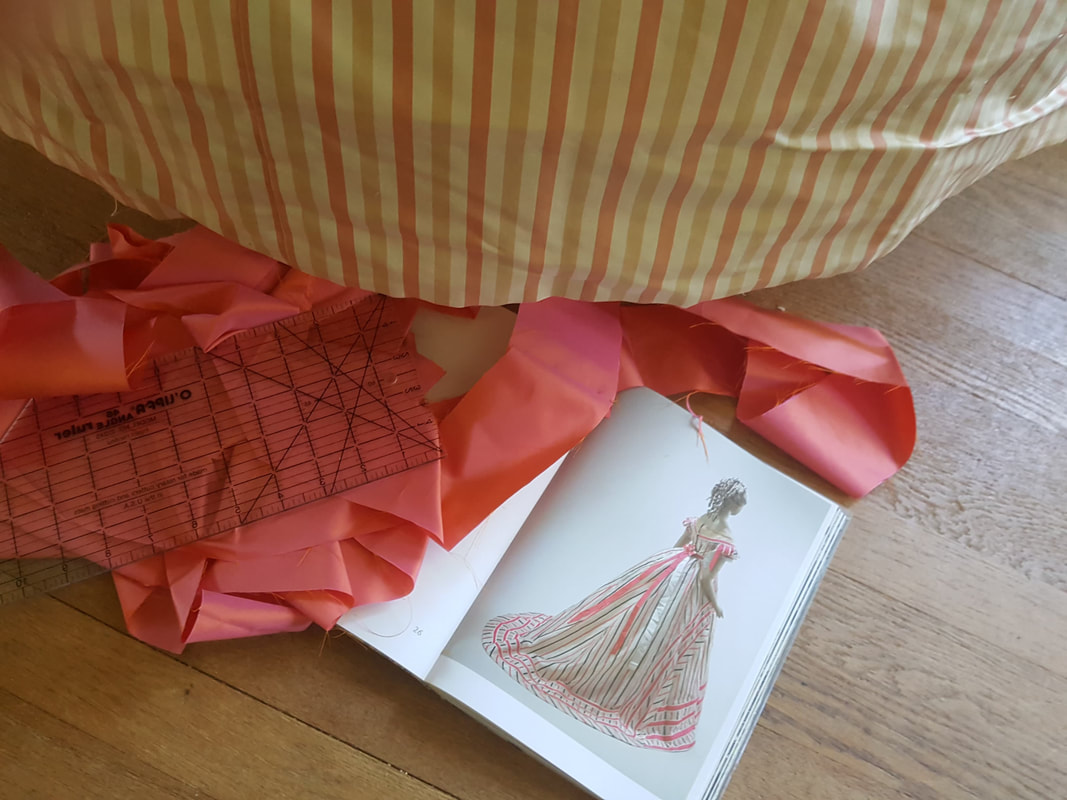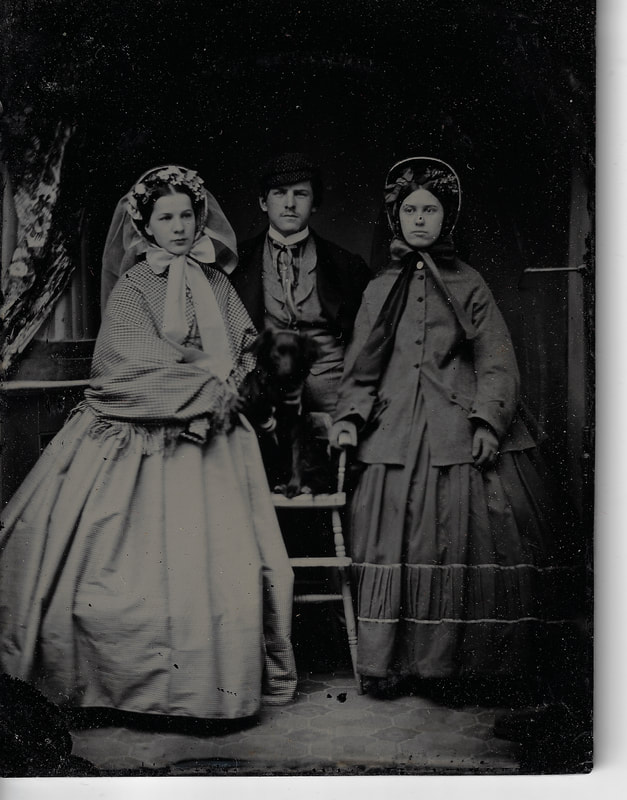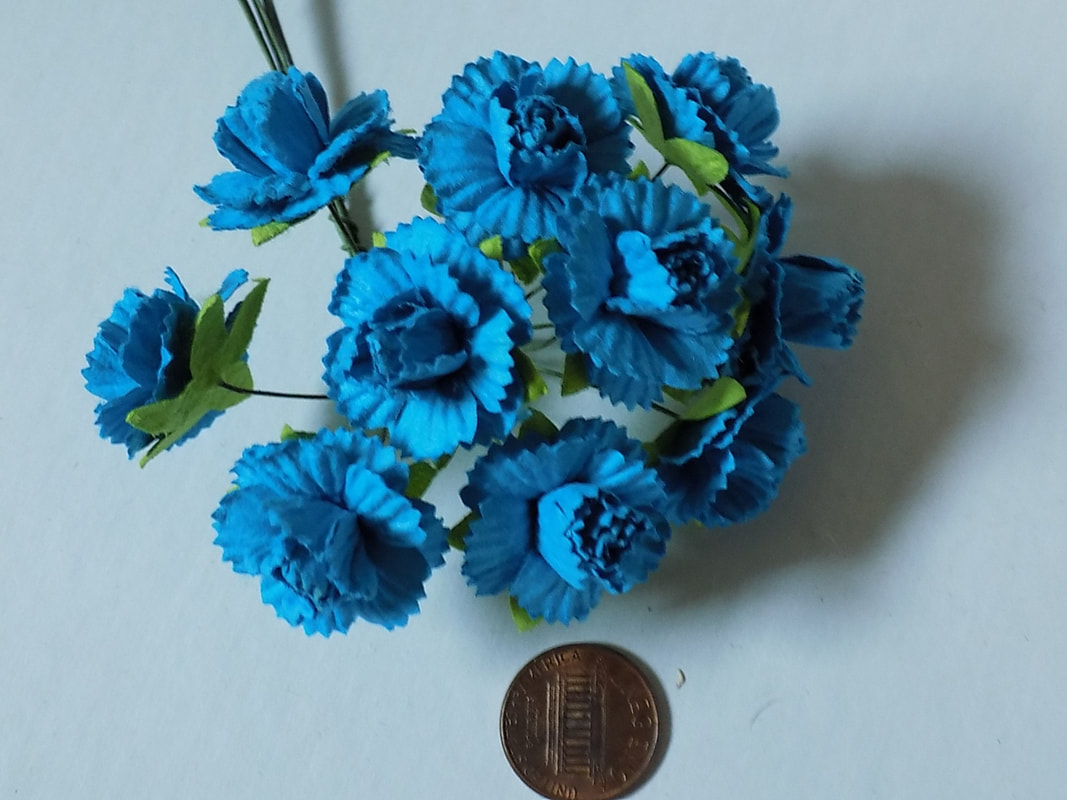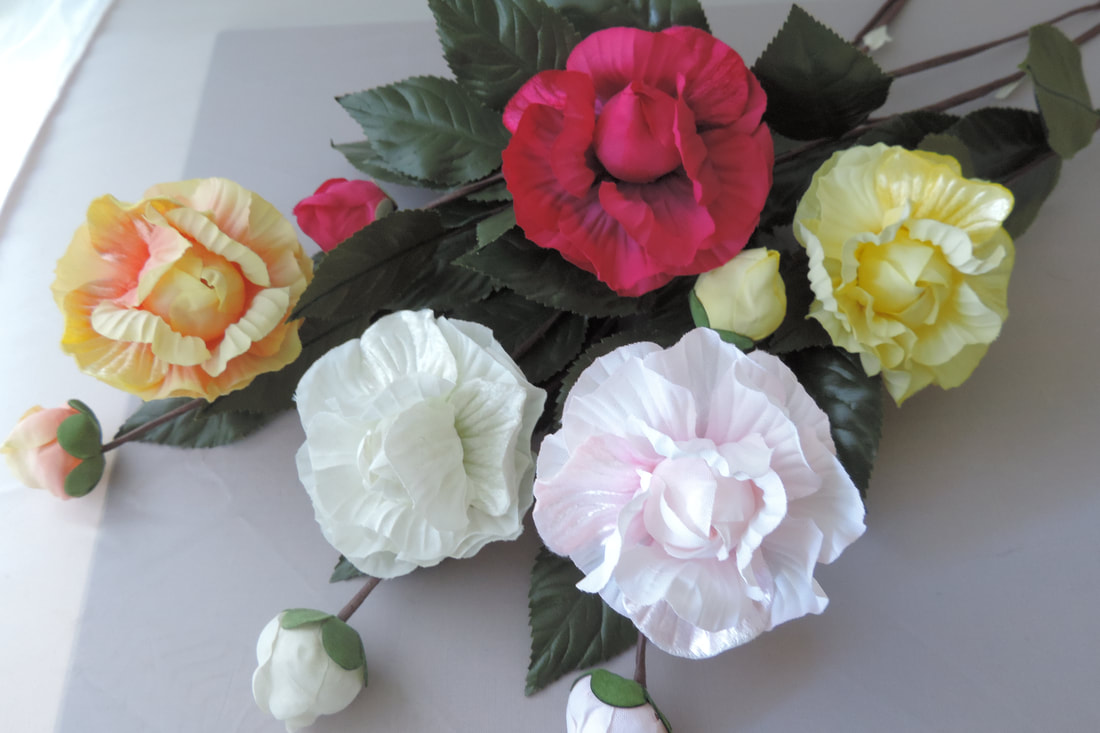|
Currently, my goal is to make all of my dress lengths into various ensembles before purchasing any more fabric. With this particular fabric, I decided to recreate this mid-late 1860’s gown shown in the book Sous L’Empire des Crinolines. I don’t have enough of the fabric to make the under and overskirt out of the same fabric, but I found the exact same colors with a wider stripe for the detachable overskirt. Without the overskirt, the gown will be usable for balls and slightly earlier events. As I always do, I started with the skirts. I cut my panels, stitched them, added the facing, and hem. However, when I tried to balance the skirt, it was too short. I am not sure how this happened, I have not grown taller in at least 20 years. So, how to fix it… With the lovely horizontal trim on the skirts, I have an option. I will slice the skirts under the trim to lengthen the dress about two inches. Not looking forward to this, but I am not ready to throw in the towel on this dress yet! Everyone makes mistakes. Tricks and fixes are visible on a lot of extant gowns, so it isn’t just me.
0 Comments
This French plate from 1812 is one of our very favorites. Furthermore, one of our favorite creations was inspired by this plate. We started with a base from our Ophelia pattern with a few brim adjustments. We used sinamay fabric to achieve the flipped up brim with great success. The ivory silk was gathered flat and then placed on the bonnet and trimmed and bound with red silk taffeta bands. Twelve feathers were hand curled and sewn using period techniques to achieve the full look of the plumes.
There is so much to see in this 1860's ambrotype from the Timely Tresses collection: two well dressed women, a spiffy man, and even a dog. The bonnets in this image are stylistically very different. The woman on the right shows a high brim with narrow sides in the height of popularity in 1863. In contrast, the woman on the left has a rounder earlier bonnet appropriate to the very early 60s or even late 50s. Could this be a younger sister? The fashionable high brimmed bonnet sports two different colored ties, a trend seen in fashion plates, but not often visible on extant bonnets or in photographs.
Due to Covid-19, we have been practically shut down since March. Normally, we get weekly shipments of flowers and ribbons and have a constant flow of changing stock. For the past few months, that has really slowed and I have even had a difficult time sewing millinery feeling that no one would ever wear it. Thank you to those of you who have reached out and supported our business. Fortunately, things have picked up a bit and regular shipments of flowers and other goodies are starting to arrive. Check out our new selections of flowers here.
This fashion plate from the late 1830's has many interesting aspects. The men's jackets show both a frock coat appropriate for day wear and a cut away appropriate for more formal occasions. The women's dresses show aspects of the 1830s and the coming 40s. The skirts are wide and short appropriate to the 30s, but the waists are a bit longer and the sleeves are tight indicating the coming trends of the 1840s. The bonnets are still specifically 1830s with very large flared brims.
|
AuthorUsually Dannielle, sometimes Mandy Archives
January 2021
Categories |









 RSS Feed
RSS Feed